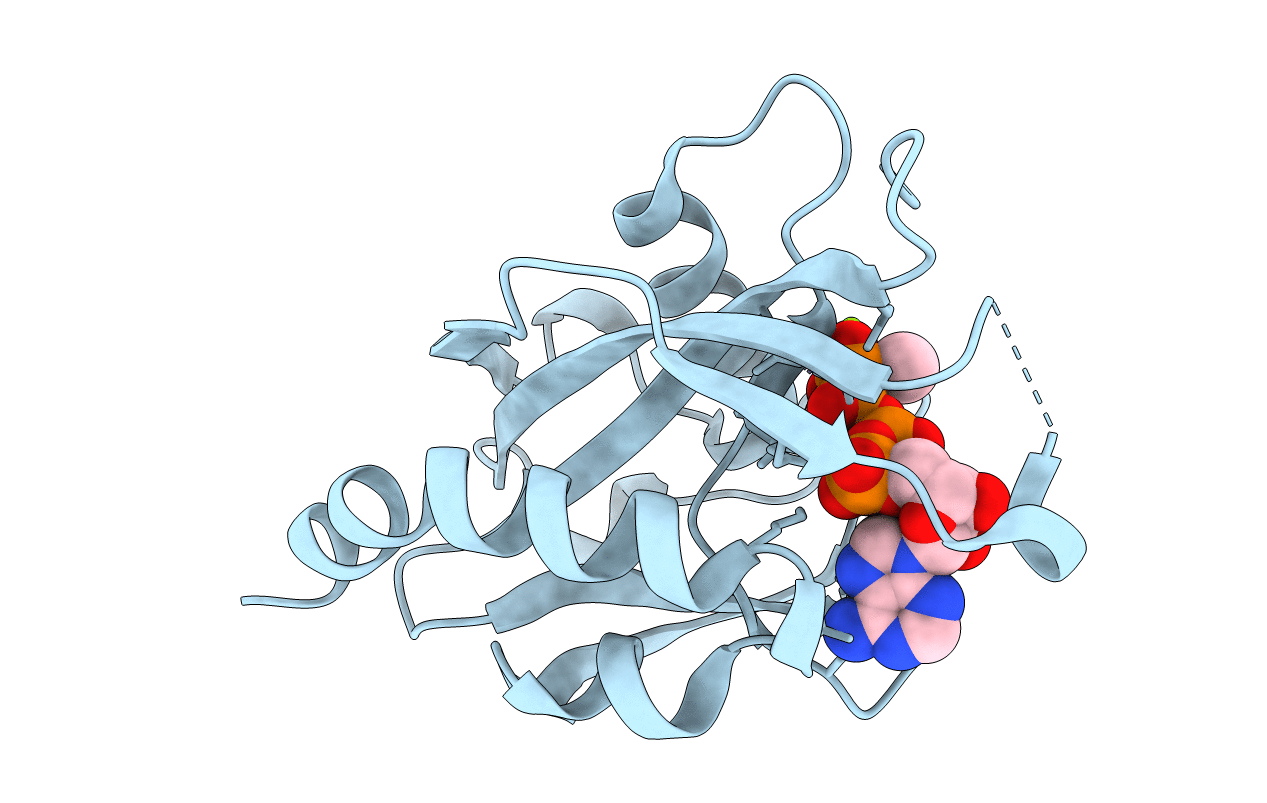
Deposition Date
2021-11-02
Release Date
2022-03-09
Last Version Date
2023-10-18
Method Details:
Experimental Method:
Resolution:
1.60 Å
R-Value Free:
0.21
R-Value Work:
0.18
R-Value Observed:
0.18
Space Group:
C 1 2 1


